Construction of China's fifth and latest Antarctic science research station is advancing at full speed, after workers began to assemble the tallest steel columns in the station's main structure at the site on Saturday, the expedition team said.
Zheng Di, vice-captain of the team at the new station for China's 40th scientific expedition to Antarctica, told China Central Television that the first steel column, which is 16.5 meters tall, has been hoisted and installed at the station site on Inexpressible Island in Terra Nova Bay of the Ross Sea.
It is the longest single construction component that has ever been hoisted by China during its building of scientific bases in Antarctica, Zheng said, adding that five more such columns will be erected.
Wang Zhechao, head of the team building the new station, said that it consists of three sections. When the B section, the tallest of the three sections and where the 16.5-meter steel columns are located, is completed, structures of the A and C sections will be attached to it, he said.
Building the new station is one of the key tasks of the expedition team, which was organized by the Ministry of Natural Resources. Some 460 members are participating in the expedition on China's icebreakers Xue Long, Xue Long 2, or other transportation. In addition, more than 9,300 metric tons of construction materials are being carried by the cargo ship Tian Hui.
The first workers building the station arrived at the site via helicopter in late November, while Xue Long 2 and Tian Hui arrived on Dec 6. After scientific researchers disembarked and materials were unloaded, the icebreaker picked up 23 researchers from South Korea's Jang Bogo station. It then headed to the port of Lyttelton near Christchurch, New Zealand, to resupply and pick up more Chinese researchers for other scientific missions on Dec 12. The Tian Hui is still unloading construction materials and is expected to finish the task in about 10 days.
The station, which is yet to be named, will be capable of accommodating 80 people in summer and 30 in winter, according to the Polar Research Institute of China.
It will be China's third Antarctic research base that can be operated all year, after the Changcheng and Zhongshan stations, both of which were built in the late 1980s. In addition, Kunlun and Taishan stations are currently operated during the summertime.










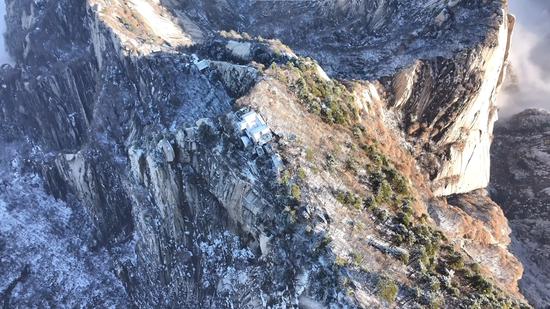



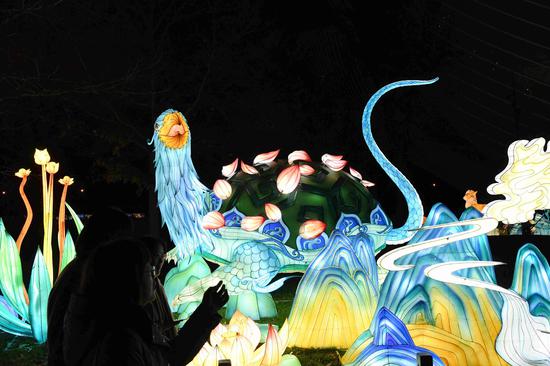






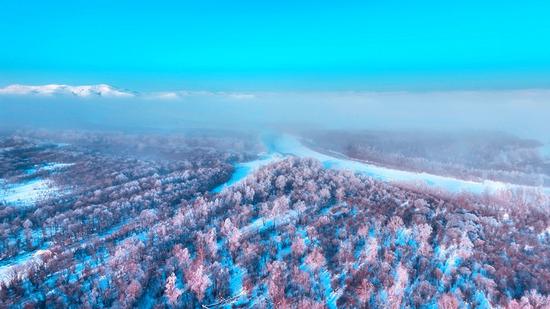


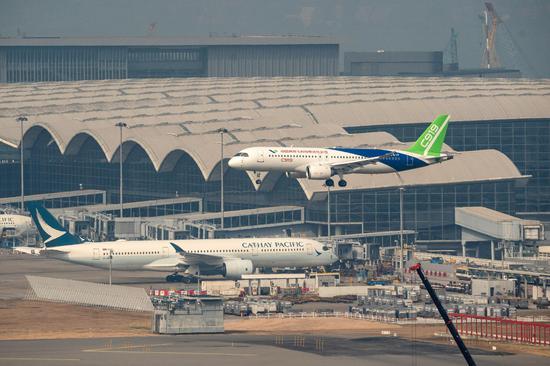


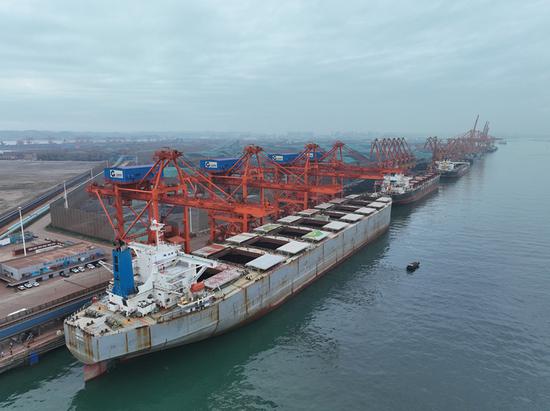

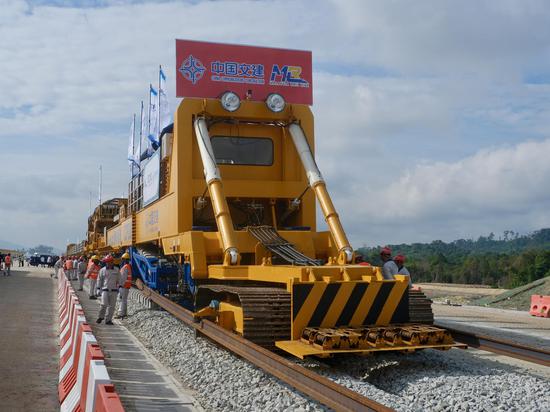




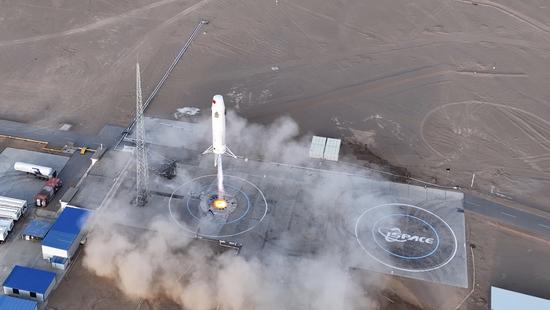



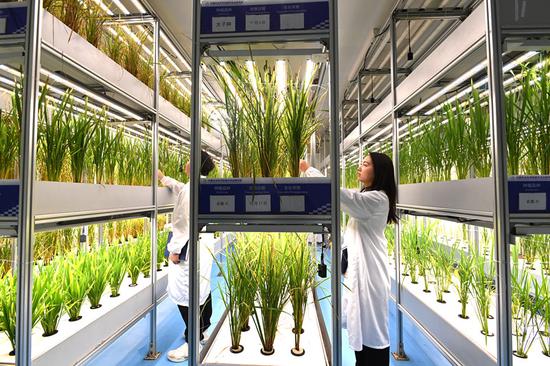





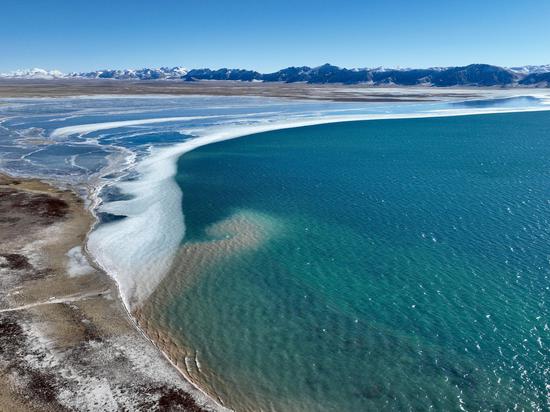





 京公网安备 11010202009201号
京公网安备 11010202009201号